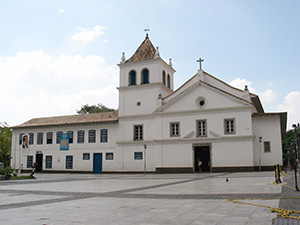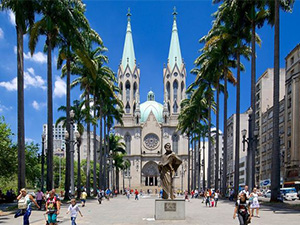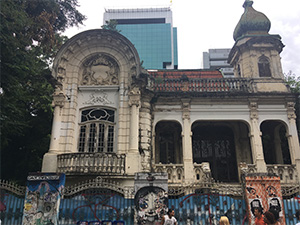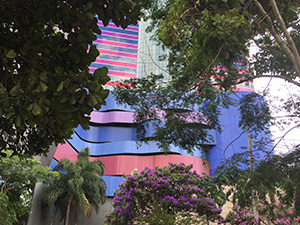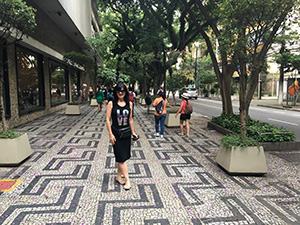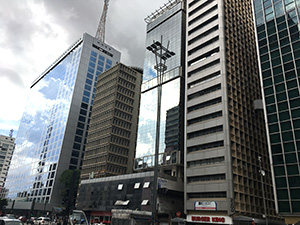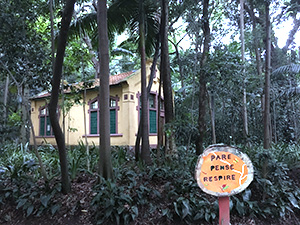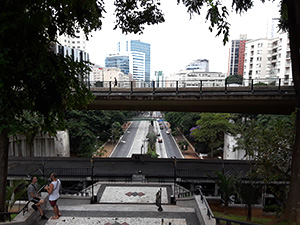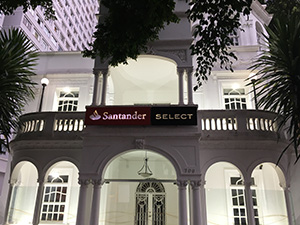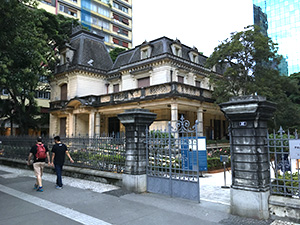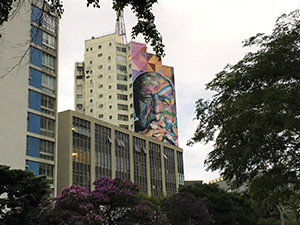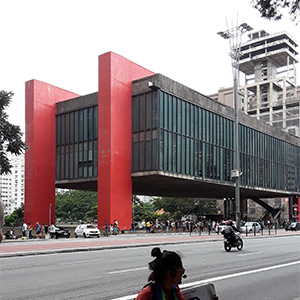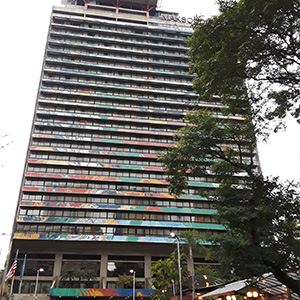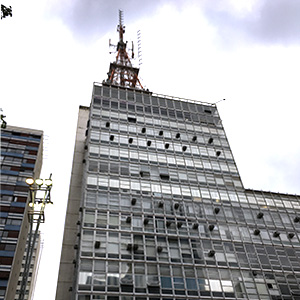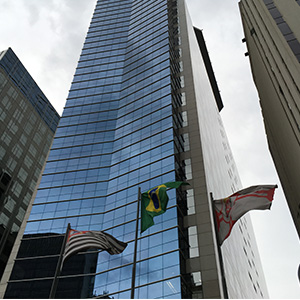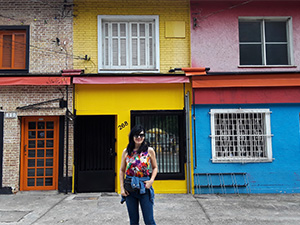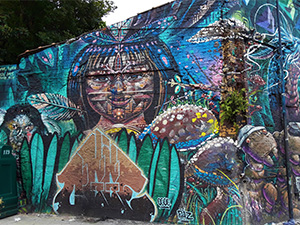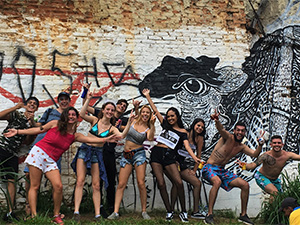

Our memories from Brazil
São Paulo, Brazil’s vibrant financial center, is among the world’s most populous cities, with numerous cultural institutions and a rich architectural tradition.
Its iconic buildings range from its neo-Gothic cathedral and the 1929 Martinelli skyscraper to modernist architect Oscar Niemeyer’s curvy Edifício Copan
The colonial-style Pátio do Colégio church marks where Jesuit priests founded the city in 1554.
The first European settler in the area was João Ramalho, a Portuguese sailor who had been shipwrecked. He was the first to explore the area of present-day São Paulo.
In early years São Paulo became the home base for the Bandeirantes. They were explorers, slavers and prospectors who explored the interior of Brazil.
At that time of this Portuguese Empire, there was no law, so ruthless men would explore the uncharted swamps, mountains and rivers of Brazil taking whatever they wanted.
Paulista Avenue, São Paulo’s Main Street!

However, it wasn’t always the city’s most important street. Its 125-year history is the story of how São Paulo became the thriving megacity it is today.
São Paulo’s first growth spurt came with the expansion of the sugarcane industry in the 18th century. Plantations were set up all over the state, and sugar was exported from the port city of Santos.
When Southeast Brazil’s attention moved from sugarcane to coffee, São Paulo exploded. By the 1840s, Brazil was the world’s largest producer of coffee, with 40% of the world’s production concentrated in São Paulo, Rio de Janeiro, and Minas Gerais alone. As a vast majority of exports once again went through Santos, São Paulo became one of the country’s most important cities.
In the 1890s, São Paulo’s coffee barons looked to expand the city center. The Uruguayan engineer Joaquim Eugênio de Lima was commissioned to build a vast residential street on the highest part of the city, known as the “Ridge of São Paulo.” This new road was dedicated to the local population, gaining the name Avenida Paulista (or Paulista Avenue, paulista being the demonym for people from the State of São Paulo).

After the collapse of the coffee industry and the Second World War, Brazil as a whole was forced to undergo some drastic changes. São Paulo became more industrialized and urbanized. On Paulista Avenue, mansions were knocked down to make way for large apartment buildings and office complexes. What was once a fairly low-rise residential avenue quickly became a bustling, vertical hub of industry.
To end, a few more from Sao Paulo
Don’t miss the next one - the legendary Carnaval do Brazil
